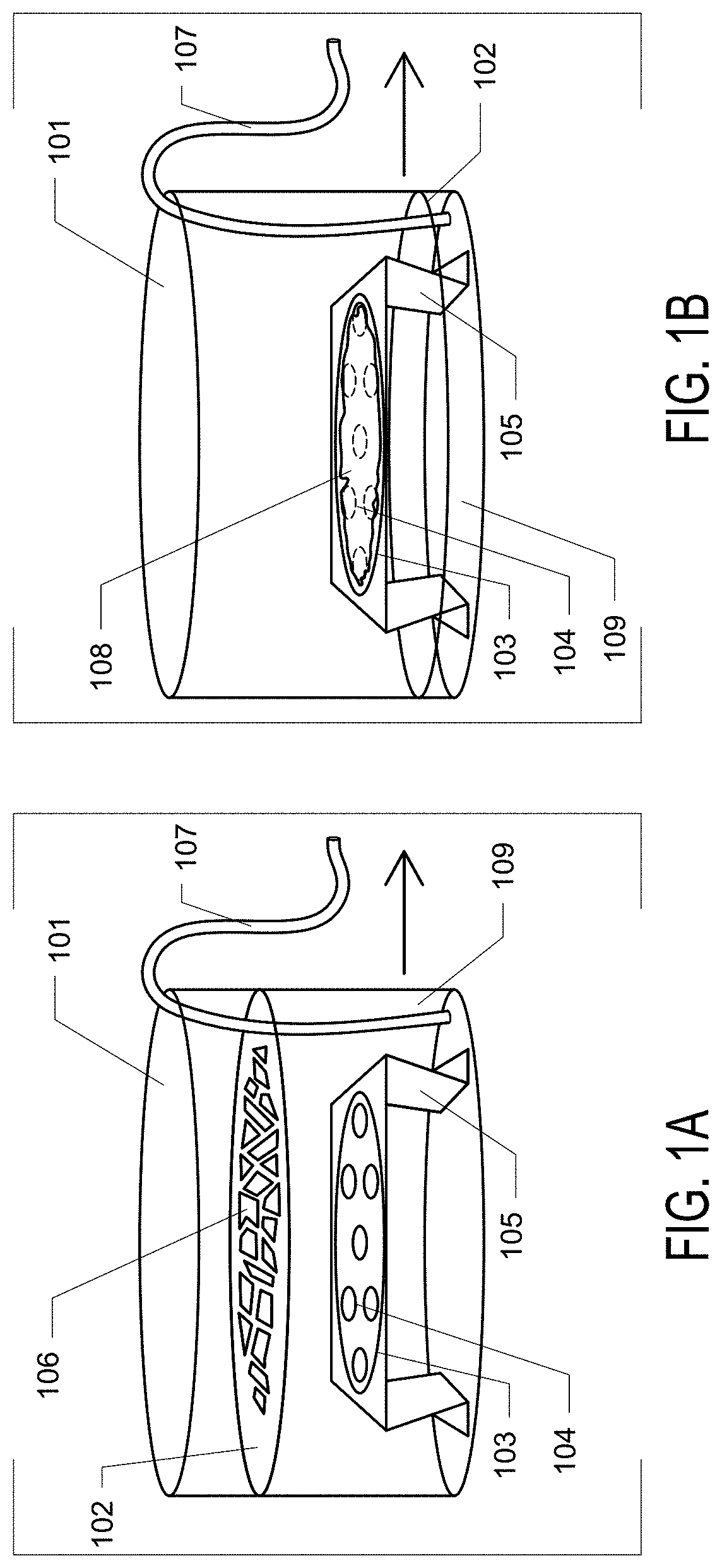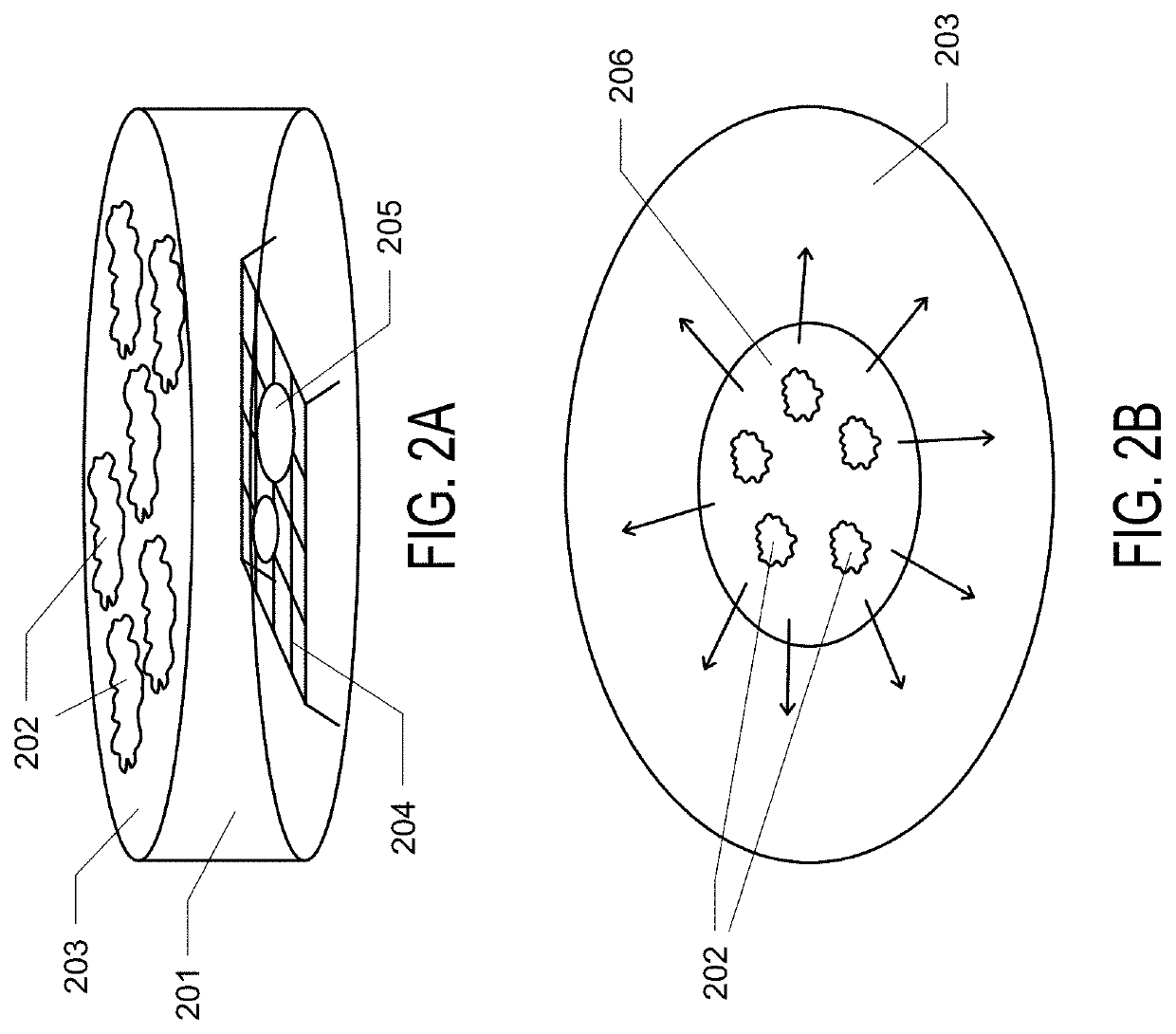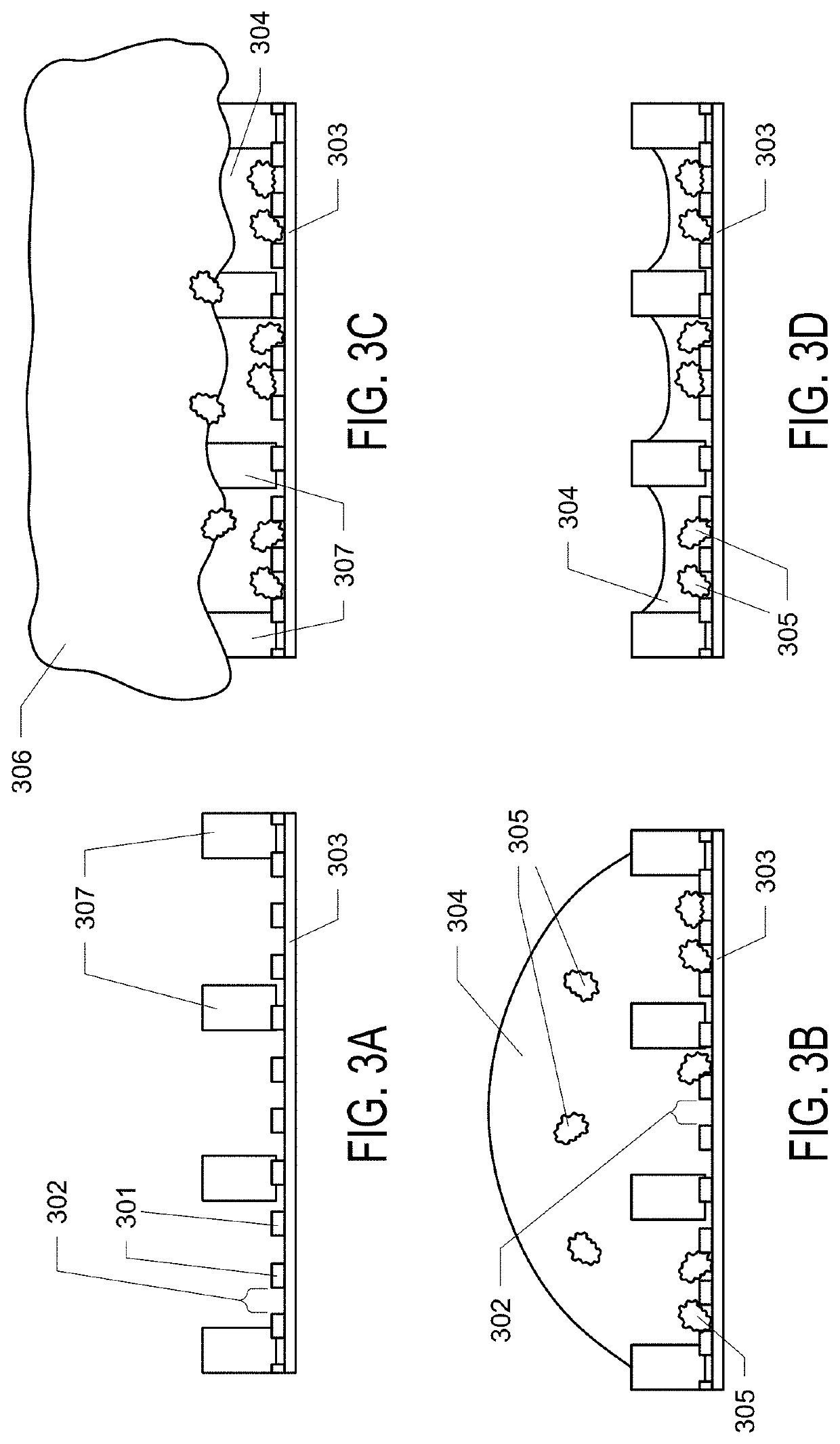Graphene Oxide Affinity Sample Grids for Cyro-EM
a graphene oxide and affinity sample technology, applied in the direction of material analysis using wave/particle radiation, instruments, chemistry apparatus and processes, etc., can solve the problems of disruption of protein structure and protein-protein interactions, slow and inefficient sample preparation process, and typical sample preparation process. problems, to achieve the effect of convenient sample preparation, convenient mass production and affordable shipping
- Summary
- Abstract
- Description
- Claims
- Application Information
AI Technical Summary
Benefits of technology
Problems solved by technology
Method used
Image
Examples
examples
[0093]Example 1. General and robust covalently linked graphene oxide affinity grids for high-resolution cryo-EM. Here is presented a novel affinity grid approach that combines a small, essentially infinite affinity covalent tagging system with chemically derivatized graphene oxide (GO) support films only 1-2 molecules thick. Graphene oxide (GO) was selected as the supporting film because (i) it significantly reduces background compared to amorphous carbon, (ii) it is decorated with abundant oxygen-containing functional groups which facilitate further chemical modification, and (iii) is more straightforward to make and to coat grids than pure graphene crystals. To coat GO sheets onto EM grids, a revised method of Langmuir-Blodgett assembly, as described by Cote et al. was used. The GO water stock solution was diluted with methanol / water (5:1, v:v) to a concentration of 0.1 mg / ml. Mild stirring for 30 mins rather than sonication was used to avoid destruction of GO sheets, producing a ...
PUM
| Property | Measurement | Unit |
|---|---|---|
| thickness | aaaaa | aaaaa |
| thickness | aaaaa | aaaaa |
| thickness | aaaaa | aaaaa |
Abstract
Description
Claims
Application Information
 Login to View More
Login to View More - R&D
- Intellectual Property
- Life Sciences
- Materials
- Tech Scout
- Unparalleled Data Quality
- Higher Quality Content
- 60% Fewer Hallucinations
Browse by: Latest US Patents, China's latest patents, Technical Efficacy Thesaurus, Application Domain, Technology Topic, Popular Technical Reports.
© 2025 PatSnap. All rights reserved.Legal|Privacy policy|Modern Slavery Act Transparency Statement|Sitemap|About US| Contact US: help@patsnap.com



